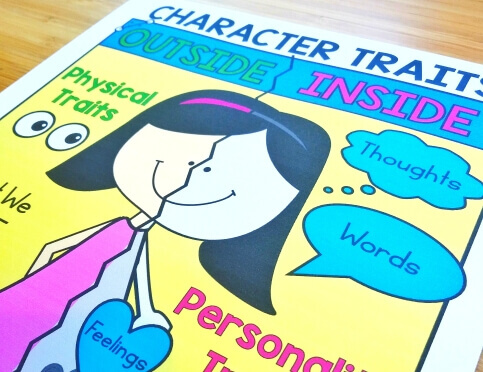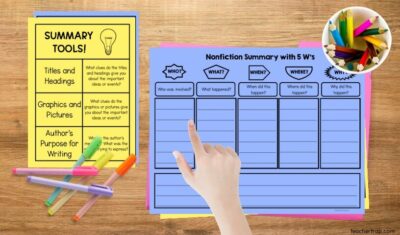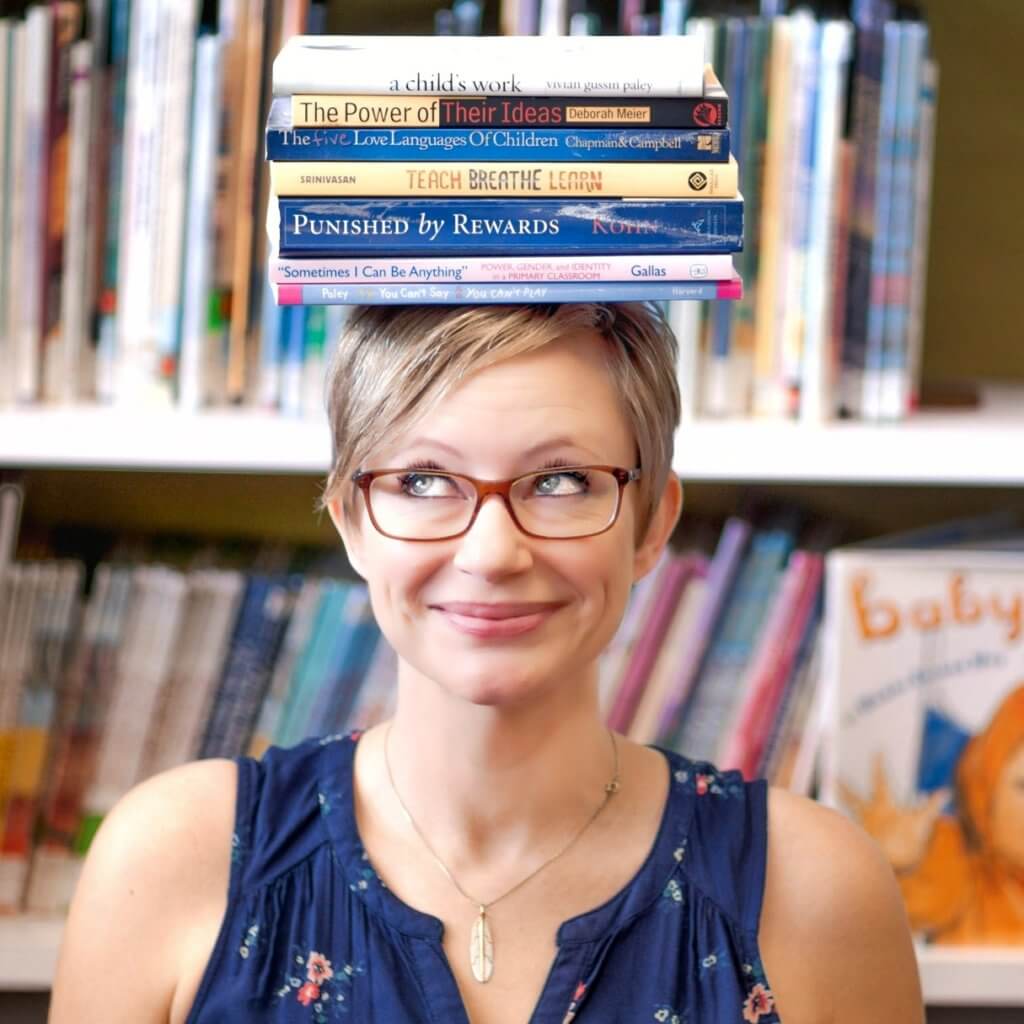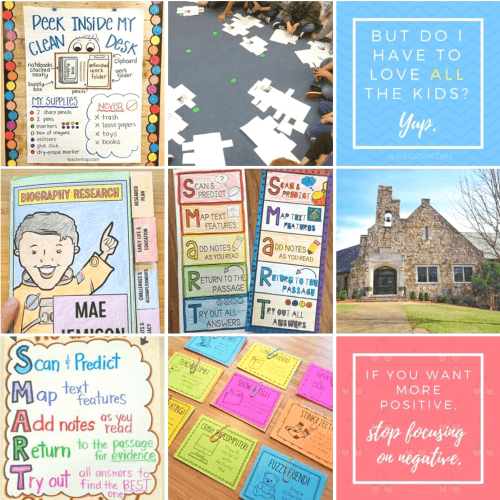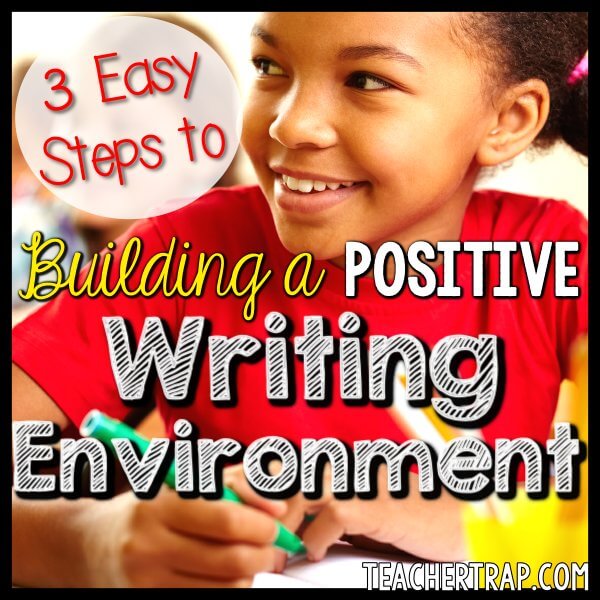
Have you ever noticed the tone in your classroom during writing time? Is it a happy place full of busy little writers or a stressful torture chamber of bored and frustrated captives? If you are in the latter group, then this post is for you!
For a long time, I dreaded teaching writing. I wasn’t a confident writer myself, I struggled with how to teach writing, and many of my students would shut down or get upset during this time. I will admit that in my first years of teaching, I often “ran out of time” for the writing lesson that day. 😉
Eventually, it occurred to me that if I was stressed, frustrated, and feeling defeated, no matter how hard I tried to hide it, my students would respond to that tone. I was setting my class up for failure! I set out on a mission to change the feel of writing time in my classroom and the results were simply miraculous. Not only did we become a happy, supportive, creative community of writers, I began to see HUGE gains in my students’ progress. I started having fun, and my kids did, too. Looking back, I recognized 3 big areas of change: time, tone, and talk.
Time
First of all, I was often stressed because I was trying to cram Writing Workshop into a 25 minute block of time. Don’t do that! Carve out a nice 45 – 60 minute chunk. If you can’t fit that in daily, then do it 3 or 4 days a week. A full Workshop block a few days a week is more powerful than 20 minutes of rushed, stressful writing time every day. It was hard to work it into my schedule, but it was SO WORTH IT.
Once you find the time in your schedule, use it wisely! The Workshop model includes the Mini-lesson, Writing time, and Reflection time for a reason. Don’t get lazy like me and skip the Reflection. The Reflection time is where students begin to really feel pride in their work and solidify the day’s learning. It matters!
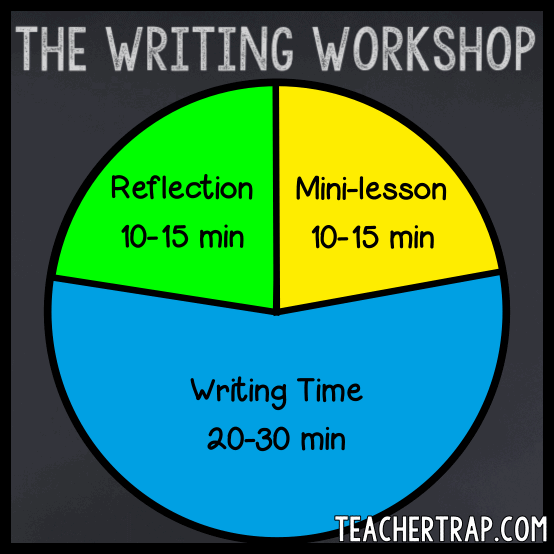
Tone
When I first began teaching, I saw Writing Workshop as my time to walk around and tell everyone what they were doing WRONG. I was great at it! I could easily spot misspelled words, incorrect grammar, messy handwriting, and missing punctuation. I had high expectations (I thought) of my students and made it clear that writing should be neat with clear punctuation, correct spelling, blah, blah, blah.
And here’s what happened… My students HATED writing. They obsessed over spelling. They were afraid to try new things. They made little to no progress.
Looking back, it makes perfect sense now. Imagine trying to learn a new skill with someone watching over your shoulder and pointing out every little mistake. It would be awful! When trying a new skill, you need to feel EMPOWERED. You need to feel safe in taking risks, asking questions, and making mistakes. Duh.
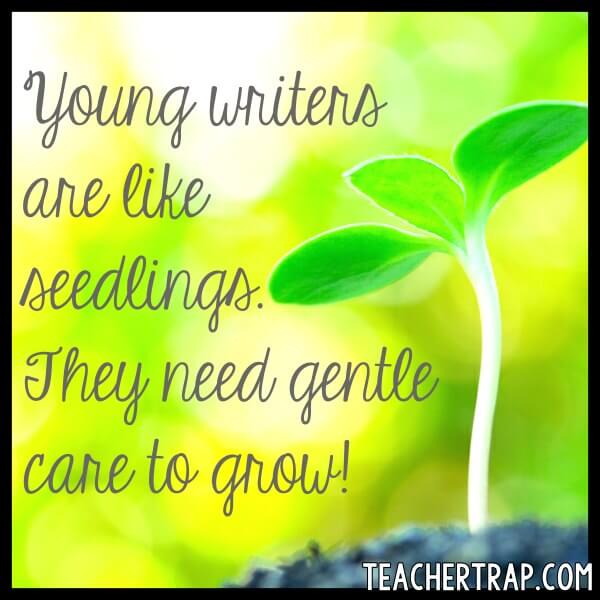
To change this bad habit, I began to look at my students’ work in a new light. I asked myself 2 questions:
“What is RIGHT with this?”
“What is the next step for this writer?”
I used that as a jumping off place for friendly conversations about what the child might want to try next. I stopped pushing and started supporting. I let go of my focus on conventions, and began to focus on ideas. I worked together with the student to ask, “What are you trying to say and how can you say it even better?”
And guess what happened! My students began noticing what was GOING WELL in their writing and then did more of that. They began trying new strategies and celebrating their success. They began making REAL PROGRESS!
Talk
The last thing that truly changed writing time in my classroom, is that we began TALKING about it! We talked about it a lot. We talked about the writing strategies we noticed in our favorite books and we talked about what we loved in each other’s writing. We talked about writing in whole class discussions, in partners, and in small groups.
My students quickly learned that it was okay to ask questions, that it was fine to share confusions, and that we could celebrate mistakes as opportunities for learning.
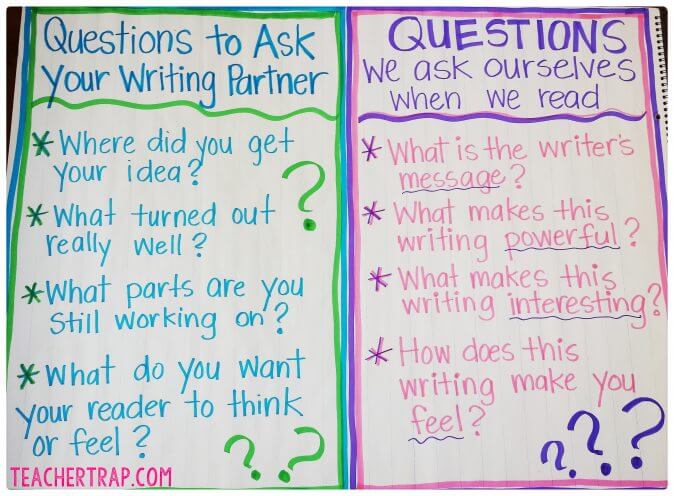
These 3 simple changes made a world of difference in my classroom. Once I’d made over the feel of our Writing Workshop, I began implementing some changes to increase motivation and engagement. (Which will be the topic of my next post!)
I’d love to hear what strategies worked in your classroom. What have you done to build a supportive and positive writing community?







